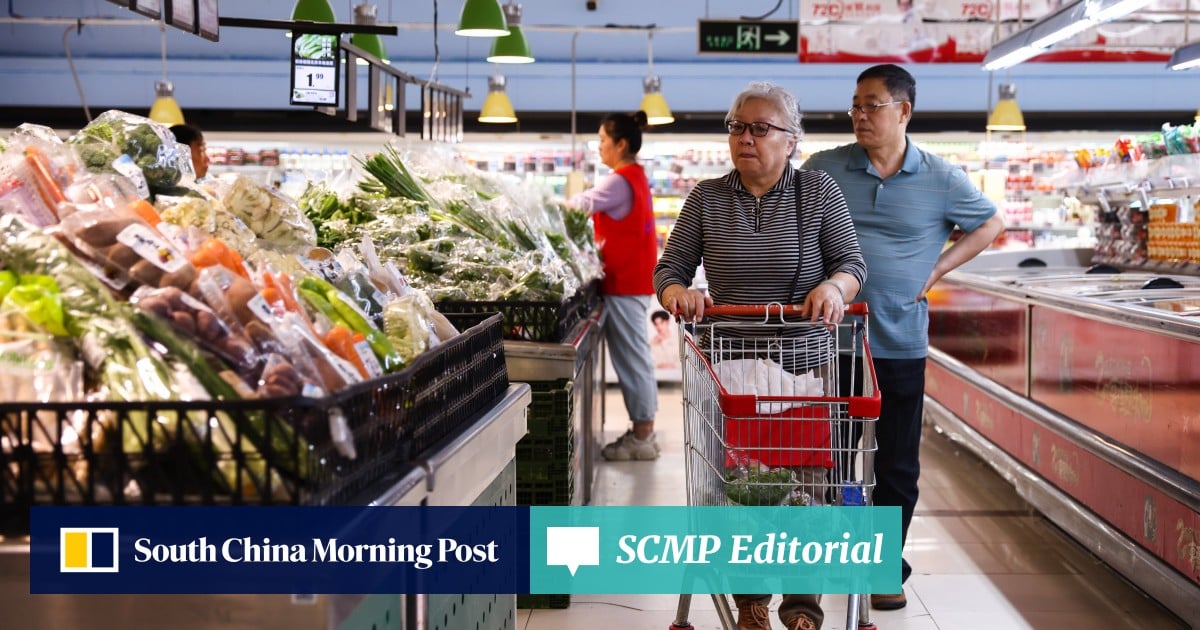China’s retail sales delivered a surprise on the upside. The latest figure shows a 6.4 per cent jump last month, compared with a 5.1 per cent growth recorded in April, marking the fastest expansion since the end of 2023. To be sure, it’s only one month, so caution is called for. Still, retail data has been robust, especially in the dining and home appliance segments.
That can be partly attributed to the holiday effect at the start of May. But it is likely to continue with the 618 online shopping festival, the country’s second largest of its kind run by online platform giants Alibaba, JD.com and ByteDance’s Douyin.
In the trade war with the United States, which is dragging down manufacturing, China needs consumption to take up a greater share of its gross domestic product to meet growth targets in this and coming years. The so-called London framework between China and the US, subject to final approval by both presidents, has eased trade tensions somewhat. But it would be naive to conclude this is the end of trade frictions between the world’s two largest economies. It is, at most, a temporary truce.
Industrial output growth slowed in May to 5.8 per cent year on year, down from 6.1 per cent growth in April and marking the slowest growth pace this year. This is mostly the result of Washington’s trade war. But the situation may improve if the pressure from tariffs eases.
Meanwhile, both real estate and the labour market remain weak. Property investment continued to decline with a fall of 10.7 per cent year on year, between January and May, compared with a 10.3 per cent drop in the first four months. Urban unemployment stood at 5 per cent last month, compared with 5.1 per cent in April.
So while the overall economic outlook is stable, the weak segments continue to drag. Nevertheless, a slew of government measures has significantly helped boost consumption.
